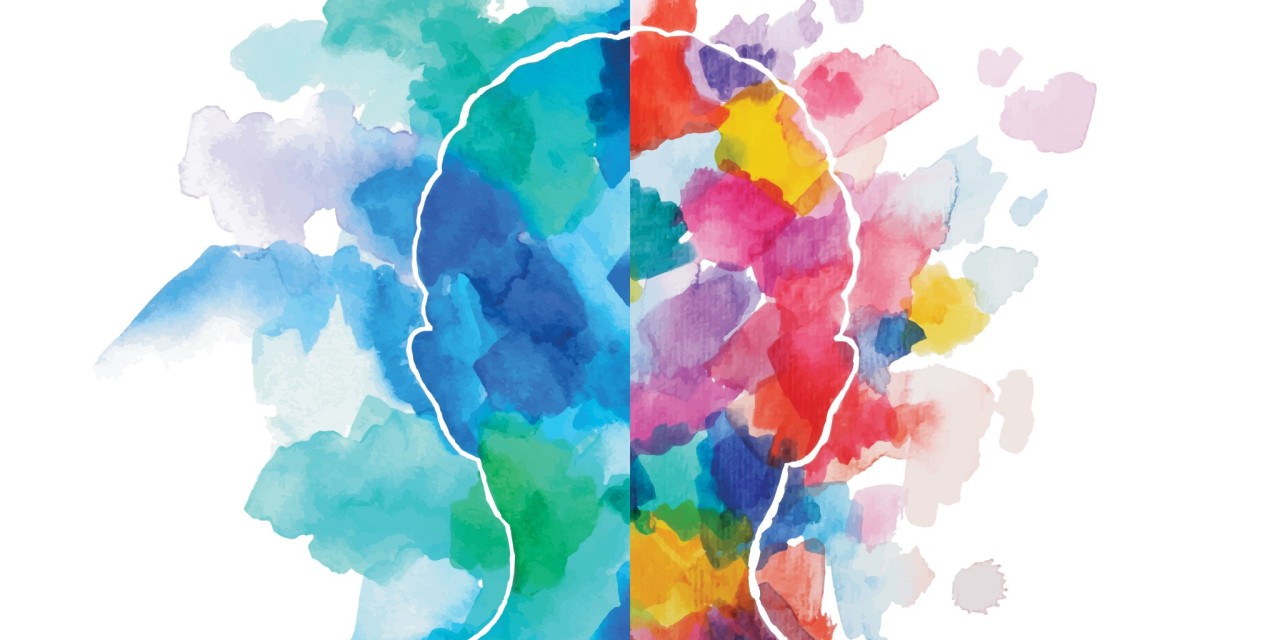Not too long ago, I was in a meeting with the leaders of a large publicly-traded company as they wrestled with implementing a change initiative in their organization. The group’s goal sounded simple, moving from silos into integrated cross-functional teams. The conversation soon became heated. There was a clear link between silos and improving business outcomes, but they couldn’t agree on their primary challenges to innovation. The conversation soon turned to a discussion of best solutions, how to fix the command and control culture, decouple monolithic IT systems, improve organizational architecture and policies, adopt new practices, and evolve leadership mindsets and beliefs. “This is a wicked problem,” I said from the corner. “The challenges of organizational change are complex and entrenched that there is no single solution,” I added. The room filled with silence and I felt like I was the center of attention. One of the leaders turned to me and said, “Our traditional transformation approaches aren’t working, in truth they never have, and I hope that you can help us find a better way.” He looked around the room and added, “To crudely paraphrase Einstein, at the very least we need to stop the insanity of doing the same thing over and over again and expecting different results.”
As leaders, we need to EVOLVE our mindsets, SENSE which context we’re in, and be able to SHIFT between value systems and the ontological states of order, complexity and chaos.
Urban planner Horst Rittel used the term “wicked problems” in the 1960’s to describe problems that spring from many diverse sources, which are emergent, evolving, shifting, and will never have one right answer. Consider the very wicked problem of running a country. The problem is wicked because no one can agree upon a suitable solution. Solving the ethnic and religious divide in the Balkans where I was born is a wicked problem. The NATO peacekeepers ignored the region’s complex hatreds and tried to solve it as though it had a solution. It didn’t work, it never did. We’ll probably be back at killing each other soon, as there is so much instability in the region.
Another type of problem that we tend to prefer are “tame problems,” such as building an electric car, or sending a human to Mars. These types of problems are very difficult but can be solved with the help of experts, given enough time. Many organizations deploy an “analyze and control” approach to their problems and leadership. This model of leadership impedes creativity and decision-making during times of change and uncertainty.
Unlike with tame problems, the wickedness of wicked problems isn’t a degree of sheer difficulty, but rather, completely different types of problems. There are no right solutions for wicked problems. They evolve and shift. Wicked problems can’t be solved, only nudged and influenced.
Just as with countries, organizations face wicked problems relating to increasing competition, accelerating change, and increasing complexity. Successful organizations are developing new leadership capabilities to deal with these kinds of problems. I call these capabilities “wicked leadership capabilities.” For wicked problems we need wicked leadership. Despite the fact that many leaders are dealing with wicked problems, they try to solve and treat them as if they were tame problems. It’s a mindset shift of how we look at our organizations and problems. If you want to build an organization that lasts,treating the issues as though they are tame problems is not an option. It’s what keeps some companies stressed and overworked, and others innovating, taking risks, and making ethical, heart-driven decisions that pay off in the long term.
Organizational changes and transformations are wicked problems. The problem is wicked because leaders in the organization cannot agree as to what counts as a solution. Every new executive brings their own team and their own solutions. One person’s solution becomes another’s failure.
Beliefs conflict, and even if they agreed on beliefs and values, it’s hard to know whether a plan was as effective as it could have been. Complex organizations are full of wicked problems. Learning to deal with their wickedness is essential to the art of leadership. The first step to dealing with wicked problems in organizations is recognizing that they exist. Many leaders prefer to pretend that all wickedness can be removed with enough time and expertise, and that those who disagree are wrong.
Philosopher and former Artificial Intelligence researcher David Chapman argues that the things we experience in life and organizations always have a mixture of predictable patterns and unstructured ambiguity. Although we always experience both, it’s a common human reaction to reject the ambiguity of things and want to insist that there really is a deeper predictable pattern that we don’t yet understand. Wicked problems undermine this view because they can’t be solved in a way in which everyone will agree, although you can take a wicked problem like running a company, protecting the environment or becoming successful, and transform it into a tame problem, such as enacting control, eliminating emissions, or earning a lot of money. Such transformations risk sweeping away some of the original problems.
Ignoring ambiguity doesn’t eliminate wicked problems, it merely ignores their wickedness.
In classic and traditional leadership models, for example, where centralized leadership has existed, the ideal has been to get and keep control. Because wicked organizational challenges usually have non-linear solutions, organizations won’t benefit from a traditional leadership approach. Uncertainty and ambiguity are the way of the world today, so we must break from the norm and learn to manage uncertainty rather than attempt to remove it. An organization’s job is to create a climate that enables people to unleash their potential in this volatile environment. In his book, Inviting Leadership, Daniel Mezick talks about an approach on creating truly engaging organizations and invitation-based change. What this book does is isolate perhaps the most fundamental shift needed for a successful transformation – a shift in decision authority from a few to many.
We can’t wait for a hero to come along and fix things. This is going to take all of us, bringing what we can, and playing our part. This means we need to get informed, get engaged, get involved. We need leadership at all levels. We need wicked leadership.
In wicked leadership, we must embrace this idea of leading with a lack of control no matter how uncomfortable it might be. To enable people to contribute to what is valued by the organization, they have to be part of that organization’s leadership, not removed from it. Therefore, wicked problems don’t require leadership as we know it today. We need to fundamentally change our thinking paradigm and approach things in context-appropriate ways. We need leadership space that is constructed and occupied by many empowered people, in the space formerly occupied by a small group of people at the top of the organization. For wicked problems, the leadership space needs to be occupied by unguided deliberation, conversation and mutuality among organizational members. This means disempowering traditional leadership and embracing collective leadership at all levels. The outcome of wicked leadership is that we start to understand leadership as a non-excludable collective good, owned and drawn on by all.
Wicked leadership is norm-based, principled, inclusive, accountable, multi-dimensional, transformational, collaborative and self-applied. The wicked leadership model is based on personal growth and relationships. It’s about permission giving. You have to give people permission to change their pattern of behavior and step into the leadership role. In their book Leading from the Emerging Future, Otto Scharmer and Katrin Kaufer describe three “openings” needed to transform organizations. Opening the mind and challenging our assumptions is the first opening. Opening the heart to be vulnerable and to truly hear is another. The third opening is the letting go of pre-set goals and agendas to see what is really needed and possible. These three openings tend to be blind spots for most of us. We have to let go of our rigid assumptions and agendas so we can see that transforming organizations is ultimately about transforming relationships among people who shape the organizational culture.






